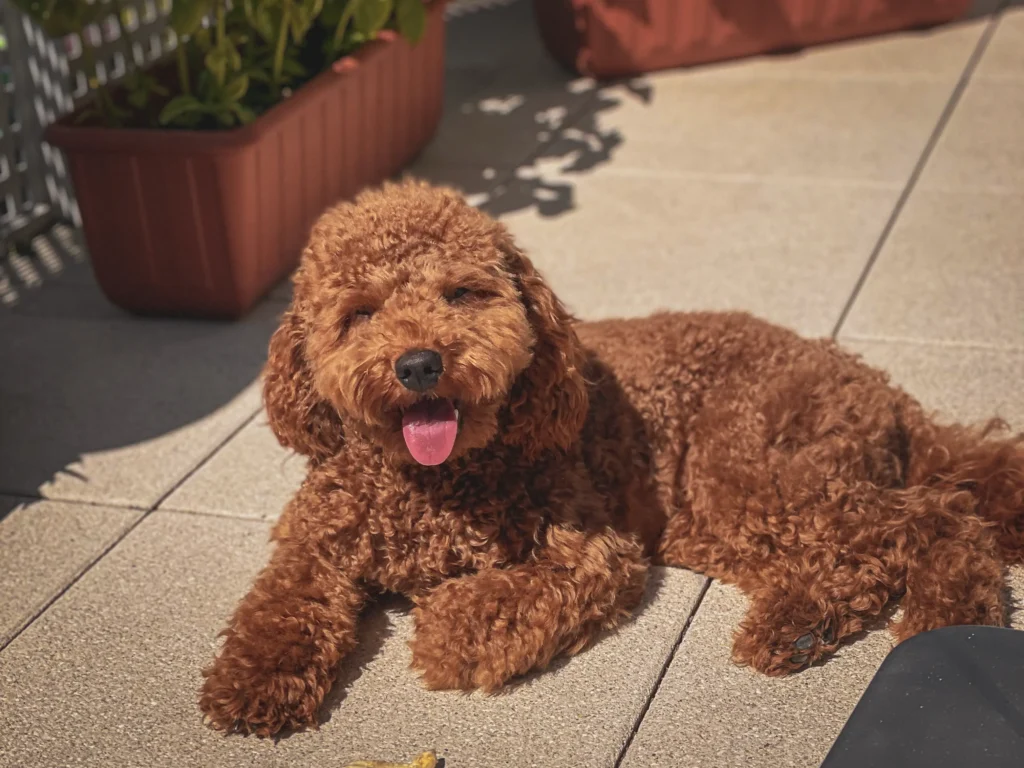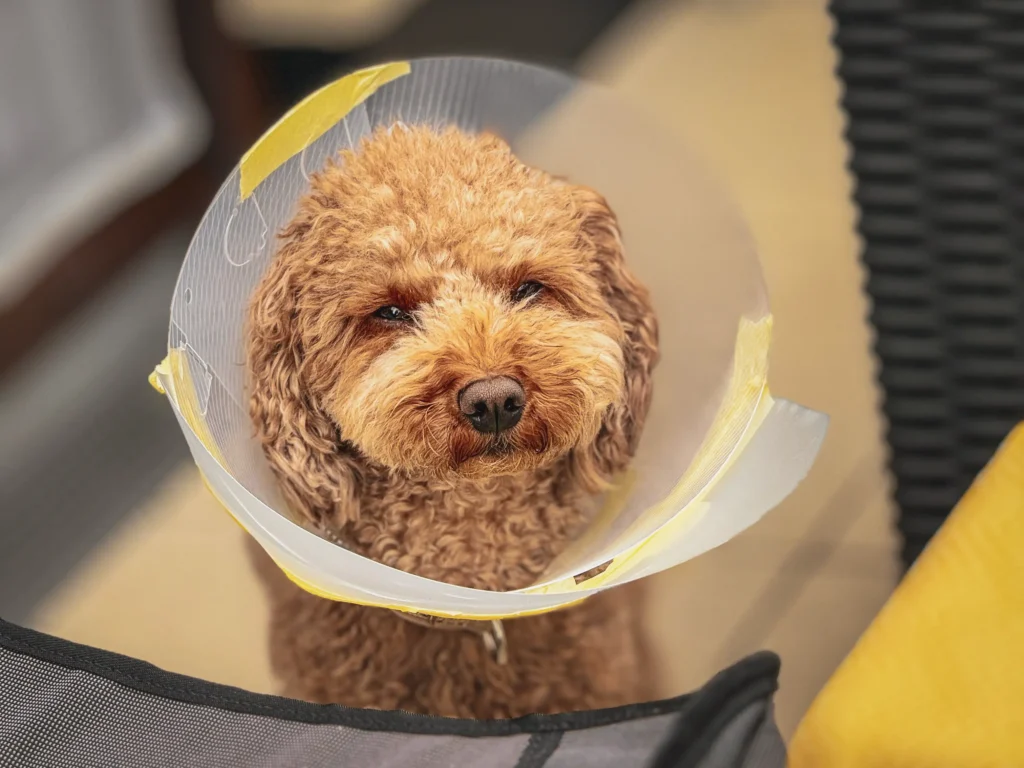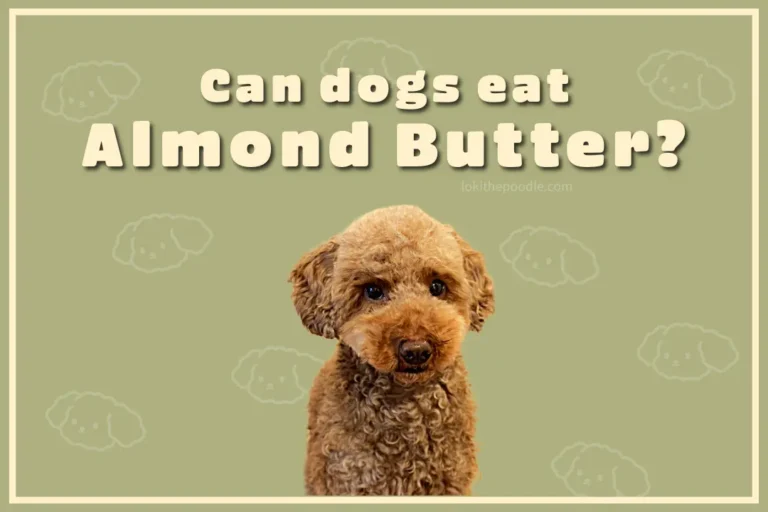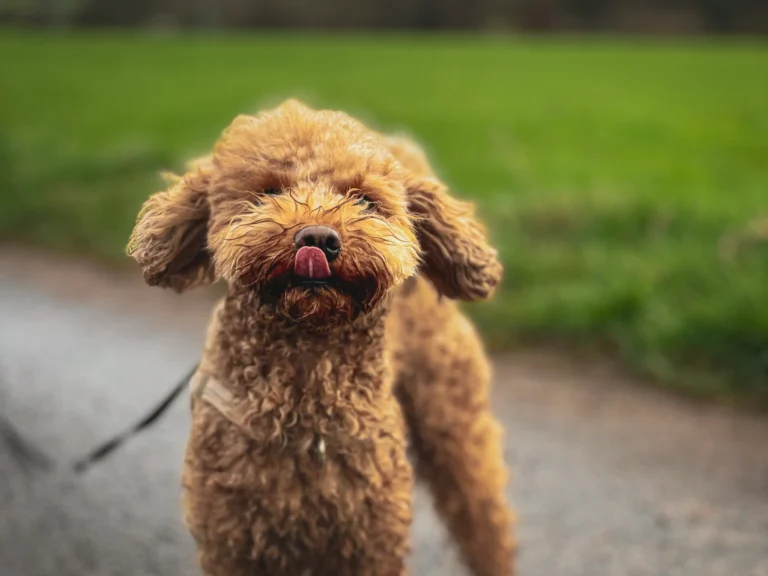Dog Licking Behavior: 4 Surprising Reasons Why Your Dog Licks You (And When to Worry!)
Have you ever wondered about dog licking behavior and why your dog seems obsessed with giving you “kisses”? As a first-time dog owner of a miniature poodle named Loki, I’ve learned that dog licking behavior is far more complex and meaningful than just showing affection. In this post, I’ll share our personal experiences and insights about why dogs lick, when it might signal a problem, and how to manage excessive licking behavior.

The Science Behind Dog Licking
Dogs use licking as a form of communication and expression, deeply rooted in their early development. From the moment they’re born, puppies experience their mother’s licking as a source of comfort, cleanliness, and care. This early association creates a lasting connection between licking and positive feelings.
Different Types of Licking Behaviors
Through our journey with Loki, we’ve observed several distinct types of licking behaviors:
- Affectionate Licking: The most common type, where dogs show their love and bond with their humans
- Anxiety-Related Licking: Often occurs during stressful situations
- Attention-Seeking Licking: Used as a way to get their human’s attention
- Post-Exercise Licking: Related to salt from sweat or excitement
Our Personal Experience with Loki
When we brought Loki home at 13 weeks old, we quickly discovered his enthusiasm for giving “kisses.” As a highly energetic poodle (nicknamed “Duracell bunny” in puppy school), his licking behavior became one of his most distinctive traits.
Post-Exercise Ritual
One of Loki’s most endearing habits involves my indoor cycling sessions. The moment he hears the pedaling stop, he runs to me and sits patiently, licking his lips in anticipation. This behavior shows how dogs can develop specific associations and routines around licking.
Even if he’s somewhere else in our apartment, when he hears my bike training session is over, he runs back to me and sits and waits.
Anxiety and Licking
We’ve noticed that Loki’s licking intensifies during certain situations, particularly when we’re packing for trips. This anxiety-induced licking manifests as following us around and repeatedly licking our feet and hands. It’s his way of expressing concern about potential changes in his environment.
Managing Excessive Licking
While dog kisses can be sweet, it’s important to establish boundaries. Here’s how we manage Loki’s licking behavior:
Setting Clear Boundaries
We’ve learned to be consistent with our responses to Loki’s licking. When it becomes excessive, we use body blocking methods and clear “stop” commands. While he might initially show frustration (sometimes with a small growl), maintaining consistency helps him understand our boundaries.
Key Tips for Managing Dog Licking:
- Be Consistent: Don’t allow licking sometimes and forbid it other times
- Use Body Language: Clear body blocking can help communicate boundaries
- Provide Alternatives: Give your dog other ways to show affection
- Recognize Triggers: Identify situations that increase licking behavior

When to Be Concerned
While most licking is normal, excessive licking might indicate underlying issues. In Loki’s case, we’ve learned to distinguish between his normal affectionate licking and stress-related behavior, particularly during anxiety-inducing situations like travel preparation.
Red Flags to Watch For:
- Sudden increases in licking behavior
- Obsessive licking of specific areas
- Licking accompanied by other stress signals
- Aggressive responses when asked to stop
Tips for First-Time Dog Owners
Based on our experience with Loki, here are some key takeaways about dog licking behavior:
- Observe Patterns: Notice when and why your dog tends to lick
- Set Early Boundaries: Establish acceptable limits for licking behavior
- Stay Consistent: Maintain the same response to excessive licking
- Recognize Context: Understand that licking can mean different things in different situations
Looking Forward
Understanding and managing dog licking behavior is an ongoing journey. While we continue to work with Loki on appropriate boundaries, we’ve learned to appreciate his shows of affection while maintaining healthy limits.
Share your Story
Are you experiencing similar challenges with your dog’s licking behavior? Share your experiences in the comments below, or consult with a professional dog trainer for personalized advice. Every dog is unique, and finding the right balance takes time and patience.
[Editor’s note: This post draws from personal experiences with our miniature poodle, Loki, combined with professional insights about dog behavior. While every dog is unique, understanding common patterns in licking behavior can help create a healthier relationship with your pet.]
Want to learn more about canine body language? Check out our related articles:






